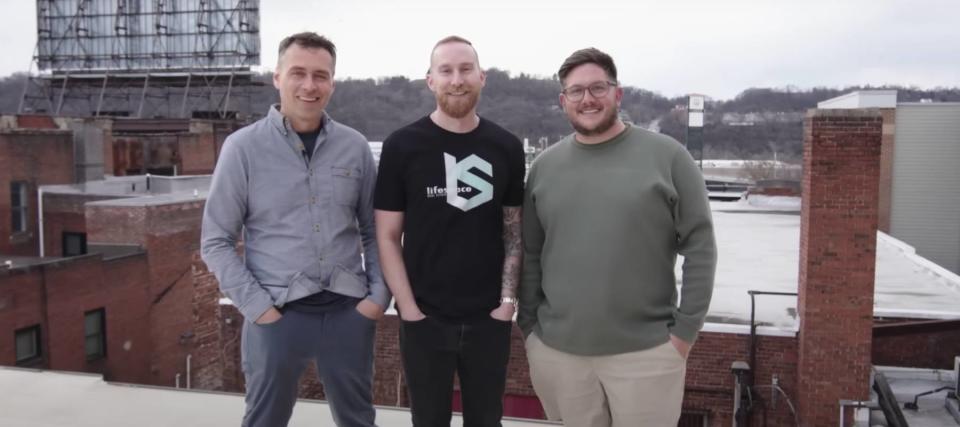This Pennsylvania trio bought a $100K abandoned school and transformed it into a 31-unit apartment building — here's how to invest in residential real estate without the heavy lifting

It looks like remote work is here to stay. And that's left many wondering what to do with vacant commerical properties — and whether time's up for investors in the space.
But for keen investors willing to put in some cash and hard work, there are still plenty of opportunities in real estate. Just look at the trio from Pennsylvania who took on the ambitious project of converting an abandoned school into an apartment building.
Don't miss
Commercial real estate has outperformed the S&P 500 over 25 years. Here's how to diversify your portfolio without the headache of being a landlord
Finish 2023 stronger than you started: 5 money moves you should make before the end of the year
The US dollar has lost 87% of its purchasing power since 1971 — invest in this stable asset before you lose your retirement fund
Jesse Wig, Adam Colucci and Dan Spanovich purchased an abandoned high school off-market for $100,000 in 2019. A hefty $3.3 million in renovations later, the site is now a 31-unit apartment complex the trio have named "Bowtie High."
One-bed and two-bed units start at $1,400 and $1,600, respectively, and the property is already at 100% occupancy.
The project was so successful, the trio have already reinvested profits into another abandoned school across the street, intending to convert it into a second apartment complex with 33 units, a rooftop deck and indoor parking.
The Bowtie High experiment highlights some key trends of the U.S. housing market that investors need to know before making their next real-estate move.
Housing supply shortage
According to multiple media reports, there are simply not enough homes being built to keep pace with the U.S. population.
Between 2012 and 2022, the number of single-family housing starts trailed the number of household formations by 6.5 million units, according to Realtor.com. More recently, the real estate listings site reported a "bleak lack of inventory" for prospective homebuyers in September with the number of new listings down 7.1% compared to a year before and overall inventory of both new and old listings down by 5.1%.
This housing shortage is expected to persist in the years ahead. This is why the conversion of commercial properties such as schools and offices into residential units is highly attractive.
Read more: Millions of Americans are in massive debt in the face of rising rates. Here's how to get your head above water ASAP
Passive income
Investors can generate passive income from real estate using online platforms and avoid the hassle of developing and renovating dilapidated buildings.
Residential real estate investment trusts (REITs) publicly traded companies that own income-producing real estate, such as apartment buildings, shopping centers and office towers. They collect rent and pass on a portion to shareholders.
For the average investor looking to put money to work and generate a steady passive income, REITs are certainly attractive.
Tax incentives
Wig, Colucci and Spanovich qualified for tax credits because they were renovating a historic building that had been abandoned for over 10 years. Both the state of Pennsylvania and the federal government offer various incentives for these types of projects.
The team decided to double-down on this strategy by reusing some of the old doors, hardwood and bookshelves from the former school to furnish their new apartment complex. Reclaimed vintage furniture can add more character to a building.
Historic restoration isn’t the only way to secure tax credits for real estate investments. Government programs such as Opportunity Zones and the Residential Clean Energy Credit offer tax incentives to help you lower the cost of renovation projects.
What to read next
Thanks to Jeff Bezos, you can now cash in on prime real estate — without the headache of being a landlord. Here's how
Worried about the economy? Here are the best shock-proof assets for your portfolio. (They’re all outside of the stock market.)
Rising prices are throwing off Americans' retirement plans — here’s how to get your savings back on track
This article provides information only and should not be construed as advice. It is provided without warranty of any kind.
